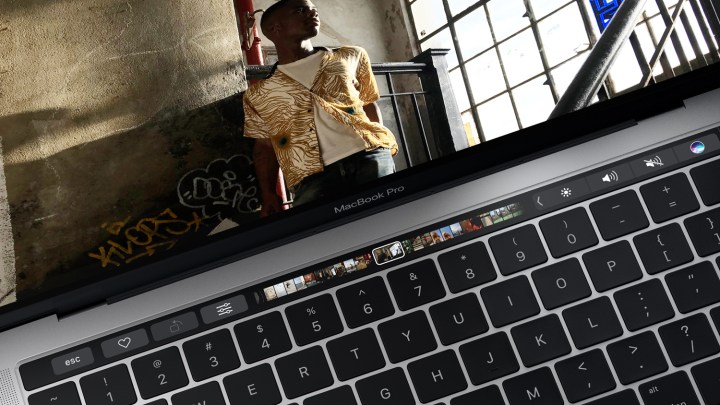
“The MacBook Pro uses 16GB of very fast LPDDR memory, up to 2133MHz. To support 32GB of memory would require using DDR memory that is not low power, and also require a different design of the logic board, which might reduce space for batteries. Both factors would reduce battery life,” Schiller said in an email to developer Ben Slaney.
According to MacRumors, it’s not the first time Phil Schiller has answered this question. In fact, it seems like he’s been defending the decision to cap the premium MacBook Pro at 16GB of RAM since the announcement of the new laptop’s specs on October 27.
“To put more than 16GB of fast RAM into a notebook design at this time would require a memory system that consumes much more power and wouldn’t be efficient enough for a notebook. I hope you check out this new generation MacBook Pro, it really is an incredible system,” Schiller wrote to another concerned potential customer in October.
So it appears the decision to cap RAM at 16GB was made based on fears over energy efficiency, and on the decision to use LPDDR3
Editors' Recommendations
- The XPS 16 is fighting an uphill battle against the MacBook Pro
- A new wave of powerful laptops rises to challenge the MacBook Pro
- The biggest threat to the MacBook this year might come from Apple itself
- Why you should buy a MacBook Pro instead of a MacBook Air
- Which color MacBook should you buy? Here’s how to pick


